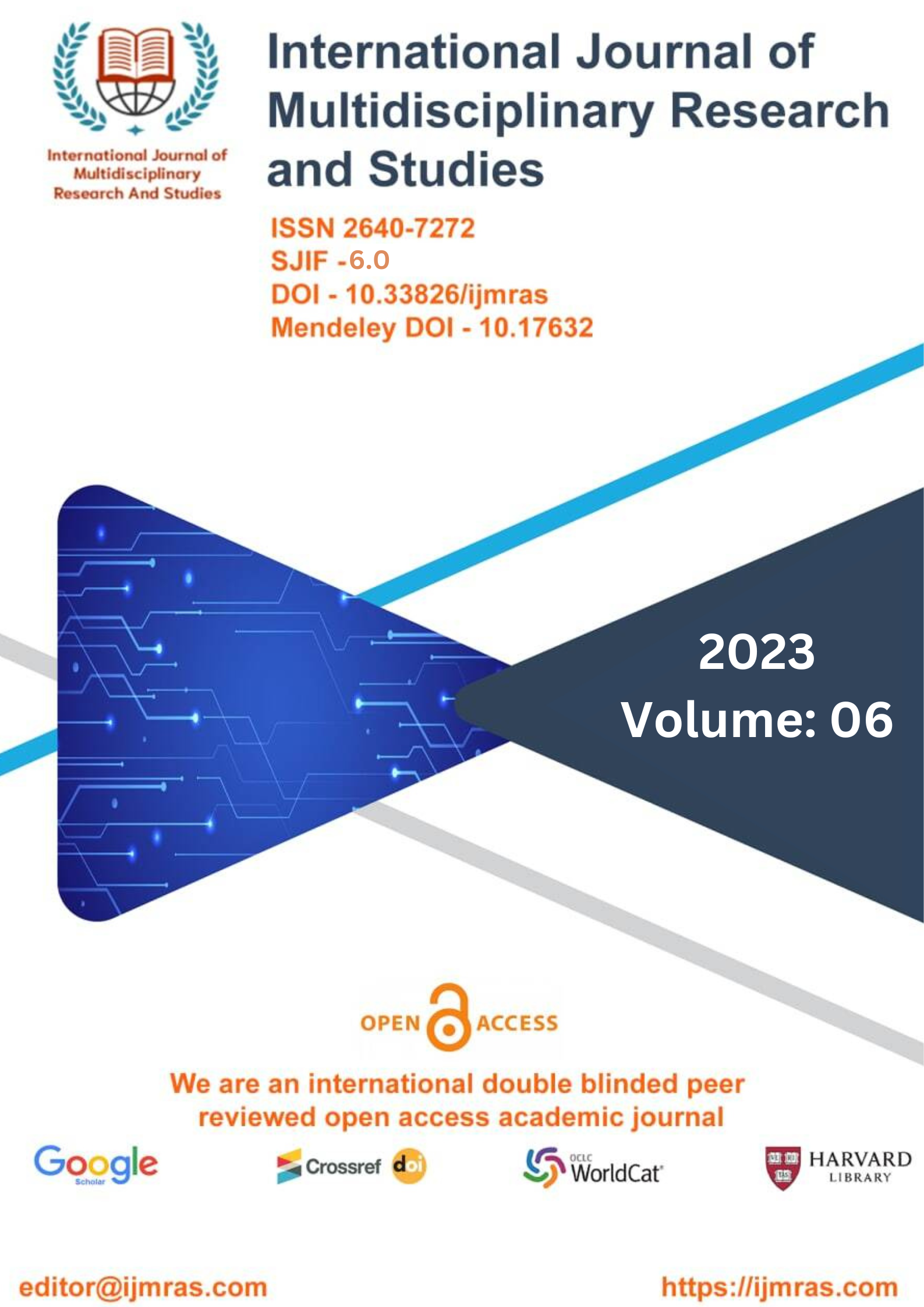Study on mushroom flour and it’s potential for bakery product

Abstract
The present investigation entitled “Study on mushroom flour and its potential for bakery product” was carried out at the Research laboratory, ITM University, Gwalior (M.P.). Mushrooms of the Pleurotus genus are commonly known as “oyster mushrooms” and are popularly consumed all over the world. Oyster mushrooms are the second most widely cultivated mushrooms in the world and Turkey. Mushrooms are rich in proteins, minerals, vitamins, nonstarchy carbohydrates, and dietary fibers, and they have quite low cholesterol, calories, and fat content. The highly perishable nature of fresh mushrooms is attributed to their high moisture content (85%–95%) which favors microbial activities, high respiration rate, delicate texture, and high enzymatic activities. Mushrooms cannot be stored for more than 24 h at ambient temperature, while they can be stored for 1 to 2 weeks in refrigerated conditions. Low-temperature storage of mushrooms decreases respiration and transpiration, delays aging, reduce softening, enhances textural firmness, prevents water loss, wilting, and wrinkling, and, thus, extends the shelf life. Bread is one of the most widely consumed food products in the world and bread-making technology is probably one of the oldest technologies known. A lot of work is done on the fortification of wheat flour with high protein materials from plant sources such as legumes to increase the protein and improve the essential amino acid balance of the resultant baked product such as bread has been recognized. Starch is an important ingredient in a range of formulated products, many of which are baked. The experiment was laid out in the Completely Randomized Design with three replications. Each replication was comprised of seven treatments consisting of different concentrations of wheat flour and mushroom flour in bakery products. The result concluded that the treatment T7 (85 % Wheat flour + 15 % Mushroom flour) was found the best treatment of wheat and mushroom flour for making bakery products among all the treatments and it was significantly influenced by the different biochemical, minerals, physicochemical and sensory parameters of bakery products. The maximum bio-chemical, minerals, physicochemical, and sensory parameters were recorded in treatment T7 (85 % Wheat flour + 15 % Mushroom flour), whereas the maximum parameters were observed in treatment T1 (100 % Wheat flour).
Keywords
Oyster, Mushroom, Bread, Wheat flour, Mushroom flourHow to Cite
References
Adeoye, B.K., Adeleye, K.A., Ani, I.F., Akinlade, A.R., Ngozi, E.O. and Ajuzie, N.C. (2019). Quality Evaluation of Whole wheat flour bread Enriched With Mushroom Powder. IOSR Journal of Environmental Science, Toxicology and Food Technology, 13: 11-18.
Dhankhar, J., Vashistha, N. and Sharma, A . (2019). Devlopment of biscuits by partial substitution of refined refined flour with chickpea flour and date powder. Journals of microbiology, bio technology and food science, 1093-1097.
Alemu, G., Zegeye, A. and Satheesh, N. (2017). Effect of mushroom flour on proximate composition and dough rheological properties of whole wheat flour whole wheat flour bread. Department of Post-Harvest Management, College of Agriculture and Veterinary, Jimma University Post Box No: 307.
Jahan, A. and Singh, B.K. (2019) mushroom value chain and role of value addition. International Journal of Botany and Research (IJBR) ISSN (P): 2277-4815; ISSN (E): 9(1):2319-4456.
Mishra, R., Mishra, Y.D., Singh, P.P., Raghubanshi, B.P.S. and Sharma, R. (2018). Nutritional and Sensory Evaluation of Oyster Mushroom Supplemented Daily Food Items. Int.J.Curr.Microbiol.App.Sci., 7(8): 1465-1471.
Samsudin, N.I.P. and Abdullah, N. (2019). Edible mushrooms from Malaysia; a literature review on their nutritional and medicinal properties. International Food Research Journal, 26(1): 11 – 31.
Verma, A., and Singh, V. (2017). Formulation and quality evaluation of mushroom (Oyster mushroom) powder fortified potato pudding. Asian J. Dairy & Food Res, 36 (1):72-75.
Irakiza P.N., Chuma, G.B., Lyoba, T.Z., Marcelin, A. M., Jean, M. M., Parent, Zihalirwa, K., Mapatano, S., Balezi, A.Z. and Mushagalusa, G.N. (2021). Fortification with mushroom flour (Pleurotus ostreatus (Jacq.) P. Kumm) and substitution of wheat flour by cassava flour in bread making: Nutritional and technical implications in eastern DR Congo. Agric & Food Secur., 10(28):1-11.
Singh, R. (2017). A Review on Different Benefits of Mushroom IOSR Journal of Pharmacy and Biological Sciences (IOSR-JPBS) e-ISSN: 2278-3008, p-ISSN: 2319-7676. Volume 12, Issue 1 Ver. II PP 107-111.
Mishra, R., Mishra, Y.D., Singh, P.P., Raghubanshi, B.P.S. and Sharma, R. (2018). Nutritional and Sensory Evaluation of Oyster Mushroom Supplemented Daily Food Items. Int.J.Curr.Microbiol.App.Sci., 7(8): 1465-1471.
Farzana, T., Orchy, T.N., Mohajan, S., Sarkar, N.C. and Akhter, J. K. (2019). Effect of incorporation of mushroom on the quality characteristics of blended wheat and oats flour. Archives of Nutrition and Public Health, 1(1).
Makinde, F. M. and Akinoso, R. (2014) Physical, nutritional and sensory qualities of whole wheat flour bread samples made with wheat and black sesame (Sesamum indicum Linn) flours. International Food Research Journal, 21(4): 1635-1640.
Mishra, R., Mishra, Y.D., Singh, P.P., Raghubanshi, B.P.S. and Sharma, R. (2018). Nutritional and Sensory Evaluation of Oyster Mushroom Supplemented Daily Food Items. Int. J. Curr.Microbiol.App.Sci., 7(8): 1465-1471.
Chitra, K., Venkatesh, R., Dhanalakshmi, K., Sharavanan, P.T., Sasikumar, C. B. and Vijayakumari, K.K. (2018). Production and Economic Analysis of Oyster Mushroom (Pleurotus Florida) Int. J. Curr.Microbiol.App.Sci., 7(9): 379-383.
Yuan Biao, Xin Chen, Song Wang, Guitang Chen, David Julian McClements and Liyan Zhao (2019). Impact of mushroom (Pleurotus eryngii) flour upon quality attributes of wheat dough and functional cookies-baked products. Food Science & Nutrition, 8:361-370.
License
Copyright (c) 2023 Nisha niranjan

This work is licensed under a Creative Commons Attribution 4.0 International License.
Individual articles are published Open Access under the Creative Commons Licence: CC-BY 4.0.




